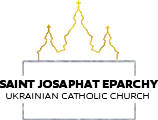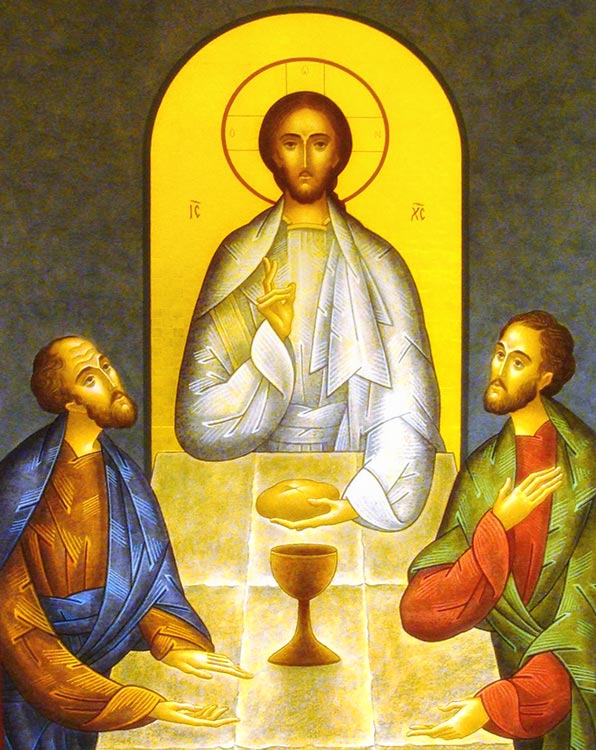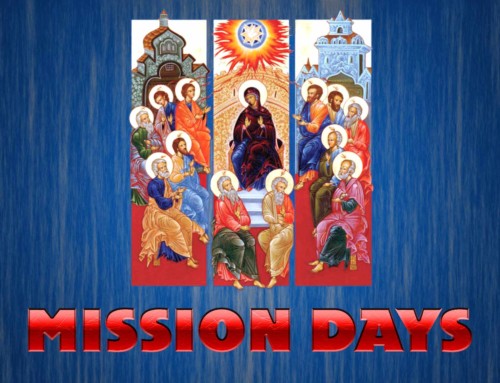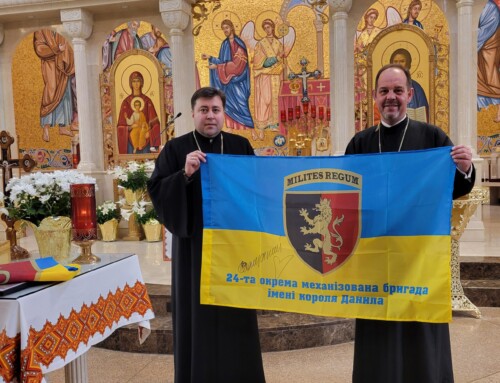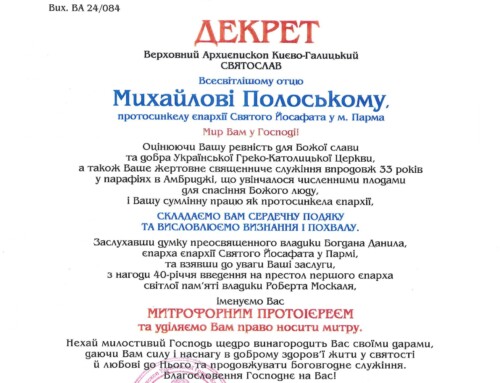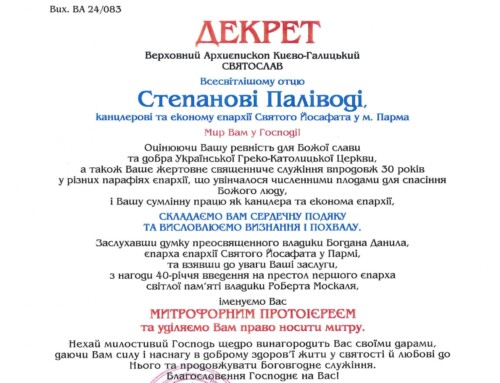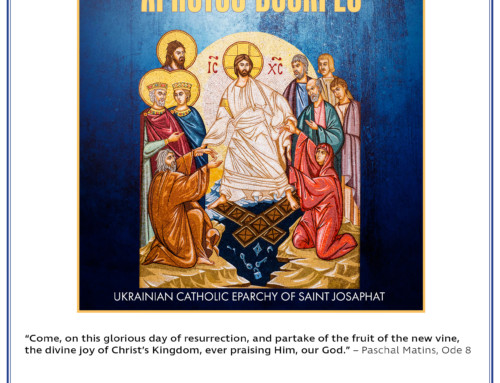#11 The second aitesis and Lord’s Prayer
Once the Eucharistic prayer, with its invocation of the Holy Spirit upon the Gifts (the epiclesis) and the commemoration of all the saints, living and dead (the anamnesis), has been concluded, the aitesis litany is introduced by a greeting (“blessing”), signifying that another component of the Liturgy is beginning, in this instance, the Communion rites.
This aitesis litany is completed by a prayer for forgiveness from sin so that we might make a worthy Communion, which in turn leads to the Lord’s Prayer and another greeting (“blessing”) and a call for the bowing of heads. The theory holds that after the first prayer for a worthy Communion, but before the actual invitation to Communion, those who would not be receiving, although qualified to do so (i.e. they were not fasting, they were needed elsewhere, etc.), had to leave the church.
In the Liturgy of Chrysostom this second prayer says nothing about receiving Holy Communion; it is a rather generic prayer for safe travels that could as easily be said at the conclusion of Matins. “We give you thanks, invisible King, who created the universe by your boundless power, and who brought all things from nothing into existence in the multitude of your mercy. Look down from heaven, Master, on those who have bowed their heads to you; for they have not bowed to flesh and blood, but to you, the awesome God. And so, O Master, make smooth the way before us, in accord with each one’s need: sail with those at sea, travel with those who go by land, heal the sick, O physician of our souls and bodies.” There is absolutely no reference either to forgiveness, or to the reception of the Eucharist itself. In other words, the Liturgy is interrupted to bless those who must leave early, just as guests leaving early from a dinner would say goodbye to the hosts.
